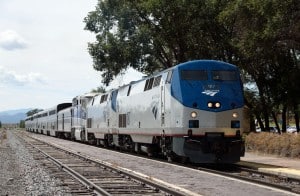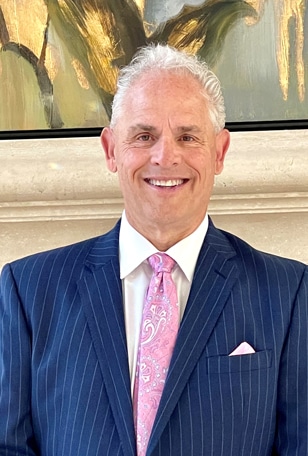Seconds Before the South Carolina Amtrak Crash
 Federal investigators have been looking into the Feb. 4th fatal crash of an Amtrak train that slammed headfirst into a freight train in Cayce, S.C., about four miles south of Columbia. According to investigators, the engineer blew the horn for three seconds and also engaged the emergency break at some point, slowing the train to 50 mph before impact.
Federal investigators have been looking into the Feb. 4th fatal crash of an Amtrak train that slammed headfirst into a freight train in Cayce, S.C., about four miles south of Columbia. According to investigators, the engineer blew the horn for three seconds and also engaged the emergency break at some point, slowing the train to 50 mph before impact.
The crash was the third widely publicized incident involving an Amtrak train in less than eight weeks. On Jan. 31, an Amtrak train transporting GOP Congressmen and Senators to an annual gathering in West Virginia slammed into a garbage truck just outside of Crozet, VA. One person in the truck was killed.
What led to the South Carolina crash?
When Amtrak 91 crashed in South Carolina, it was traveling on rail owned and serviced by railway giant CSX. The planned route of the Amtrak train was for it to continue on the mainline tracks. However, instead, it was directed off the mainline onto a side portion of track, referred to as “siding.” Tragically, a parked CSX train was occupying that portion of “siding”, when the Amtrak train crashed into it.
The investigation thus far has confirmed that trains traveling through the rail corridor where the accident occurred required manual direction through the area due to a signal outage along the corridor. Reportedly, the outage existed due to upgrades involving the installation of positive train control (PTC). The train traveled over a railroad switch that was locked in the incorrect position, diverting it onto the side track. The reason for this is also under investigation.
Investigators from the NTSB have interviewed several of the crew members working for CSX, including the conductor, engineer, and dispatcher who would have the responsibility for directing the train when a signal outage occurred along the rail line.
What the recording revealed moments before the crash
The data recorder retrieved from the wreckage provided information about the actions of the engineer and the train speed prior to the crash. From this data, we now know that the train reached a maximum speed of 57 mph before the engineer took action to slow it. The railway corridor has a speed limit of 59 mph.
At about seven seconds prior to the end of the data recording, the engineer sounded the train’s horn for three seconds.
The pace of positive train control implementation
Both the South Carolina and Virginia crashes, along with others in the recent past have renewed concerns about the pace of efforts to complete full implementation of PTC on the nation’s railways. PTC is an automatic braking system that experts say could have prevented the South Carolina Amtrak crash as well as the fatal December crash outside of Seattle Washington that killed three people and injured dozens.
Original implementation of PTC had been scheduled for the end of 2015. However, due to pressure by the rail industry, lawmakers postponed the deadline until the end of 2018, with a possible extension to the end of 2020.
However, in January of this year, Secretary of Transportation Elaine Chao reminded leaders in the railroad industry of their requirement to meet the end of the year deadline.
The specific requirements Congress has imposed for the December 2018 deadline involve hardware installation, obtaining the required radio spectrum, and training employees in the use of the system. The law actually requires 50 percent of the PTC system to be turned on by December. Railroads that comply with this deadline will then be required to finish the rest of the system by December 2020.
At McGowan, Hood, Felder & Phillips, LLC, we understand the hardship you may be facing if you have suffered an injury in a train wreck or other mass transit disaster. Our South Carolina team is here to help you recover the compensation you deserve for your pain and suffering due to the negligence of any parties responsible for the crash. To set up a free consultation about your situation, call us today at 803-327-7800 or fill out our contact form.

Randy is the former President of the South Carolina Association for Justice. He has been certified by the American Board of Professional Liability as a specialist in Medical Malpractice Law which is recognized by the South Carolina Bar. Randy has also been awarded the distinction of being a “Super Lawyer” 10 times in the last decade. He has over 25 years of experience helping injured people fight back against corporations, hospitals and wrong-doers.
Read more about S. Randall Hood

